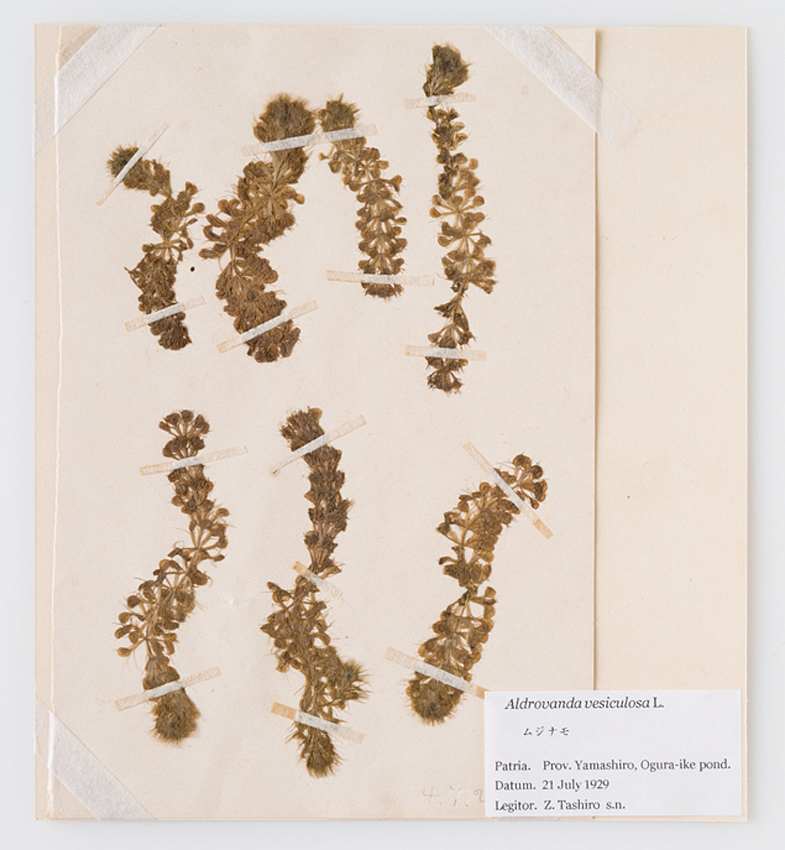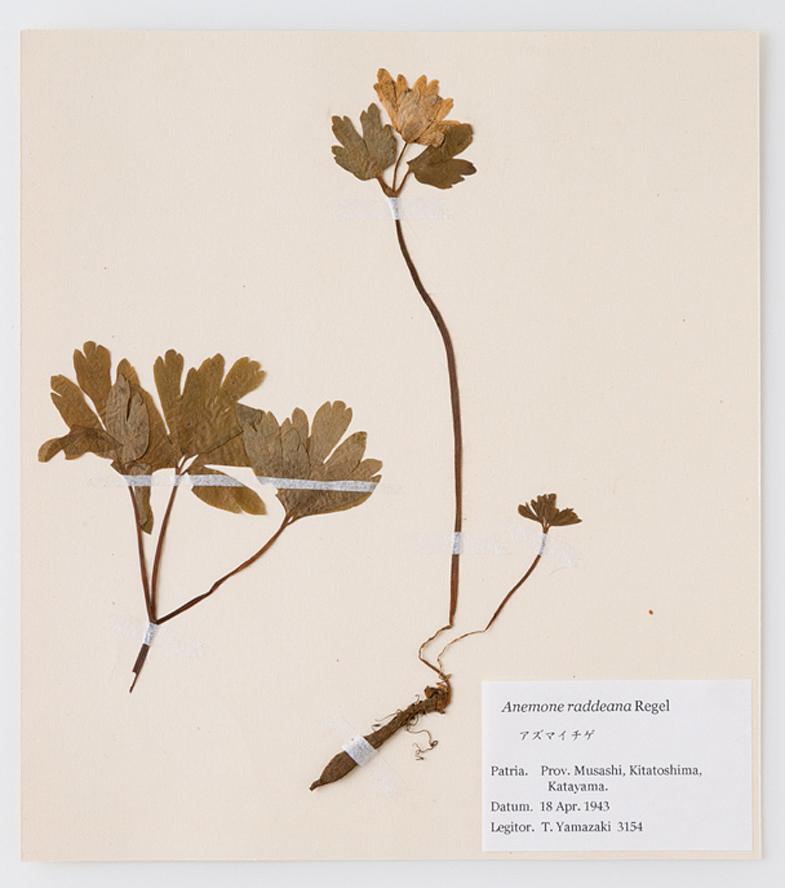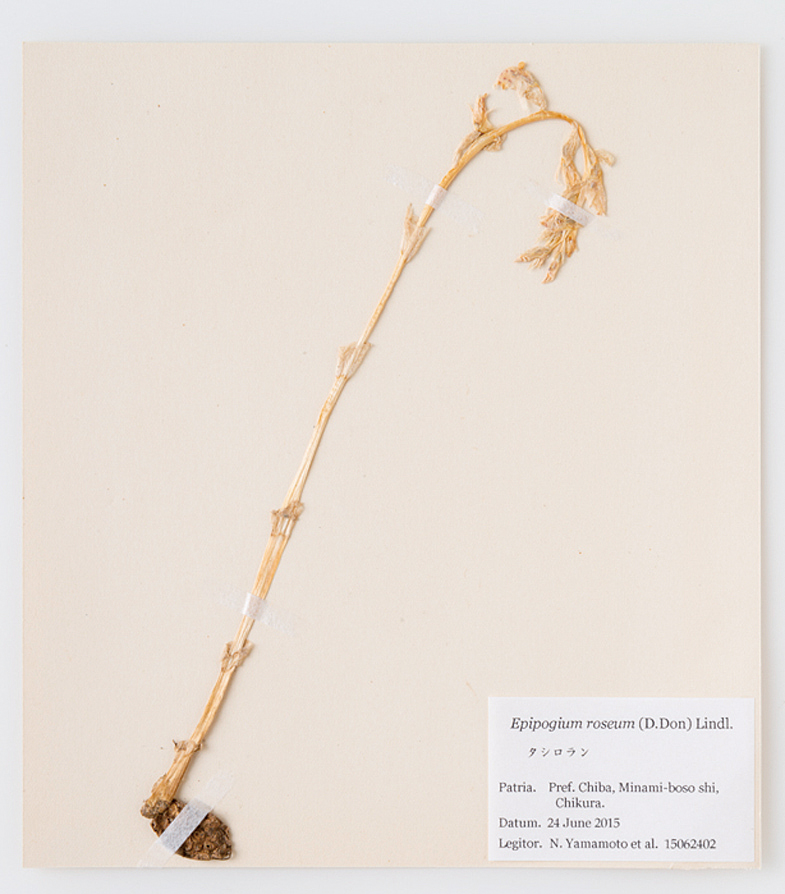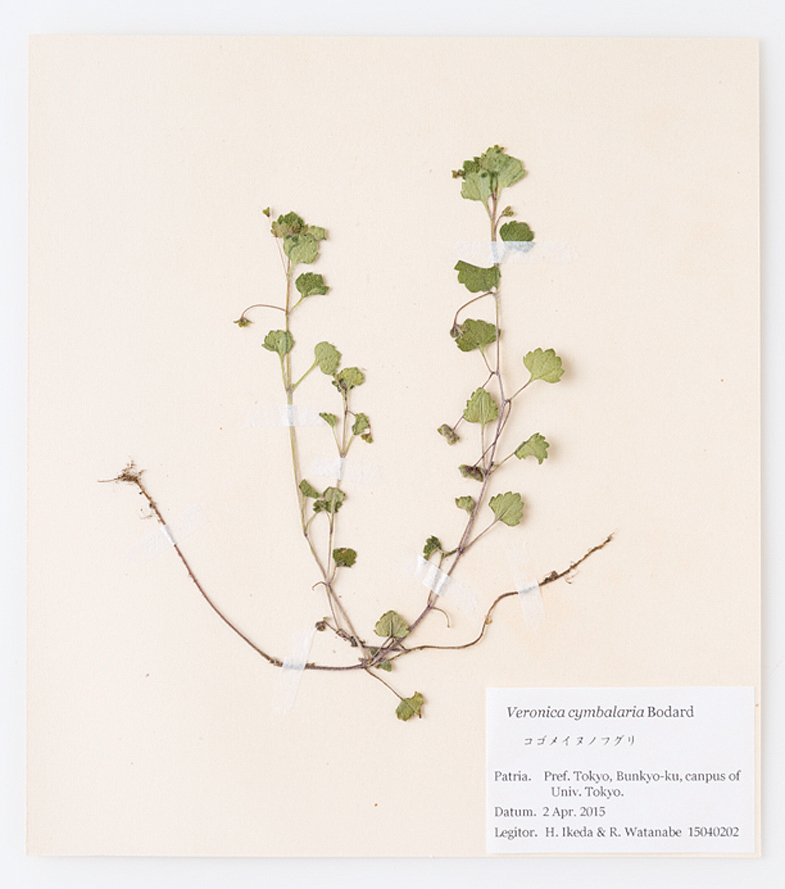C1
Migration and extinction of plants
It is usually believed that plants do not change their range of distribution, because they are anchored to the ground. Actually, they have been changing their range in response to changes in the environment, such as climatic fluctuations and geographic movements. In addition to historical events, two recent factors concern changes in distribution of plants. One is human activities, and the another is global warming. The number of individuals of some species are decreasing (endangered species) or increasing (naturalized/invasive species), due to human impact. Some species are shifting their distribution range from south to north in response to the recent global warming.
Aldrovanda vesiculosa L. Aldrovanda vesiculosa is an insectivorous, aquatic plant belonging to the family Droseraceae. It has leaves that catch plankton in its fresh water habitat. It was discovered in 1890, and grew in several ponds in Japan, but became extinct in nature in the 1960s.
Anemone raddeana is a perennial plant of the family Ranunculaceae. It grows at the edge of thickets and produces a relatively large white flower. It blooms in early spring, so it is called a ‘spring ephemeral.’ It was frequent throughout the whole Kanto District, but now it is quite difficult to find in urban areas.
– Epipogium roseum (D. Don) Lindl.
Epipogium roseum is a saprophytic plant in the family Orchidaceae. It was reported from southern Japan prior to the 1950s. The first reports from the Kanto District began after the 1960s. Since the 1990s, Epipogium roseum has been reported frequently from throughout the whole Kanto District.
Veronica cymbalaria is a biennial plant, belonging to the Plantaginaceae. It originated in Europe and was first reported to be naturalized in Japan in 1995, in Tokyo. Veronica cymbalaria is closely related to V. persica, another common naturalized plant in Japan with cobalt blue flowers, but V. cymbalaria bears white flowers. (Hiroshi Ikeda)




